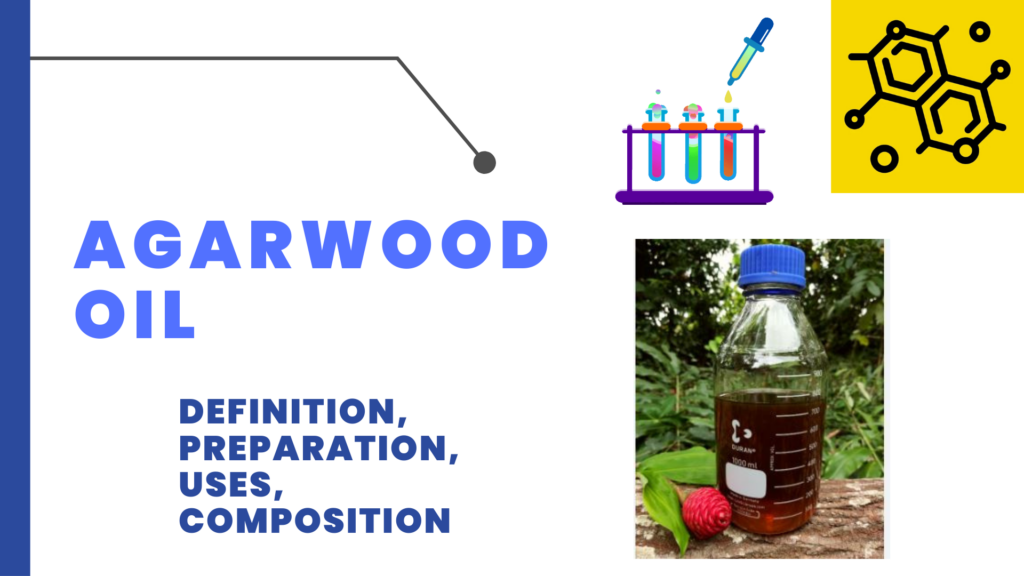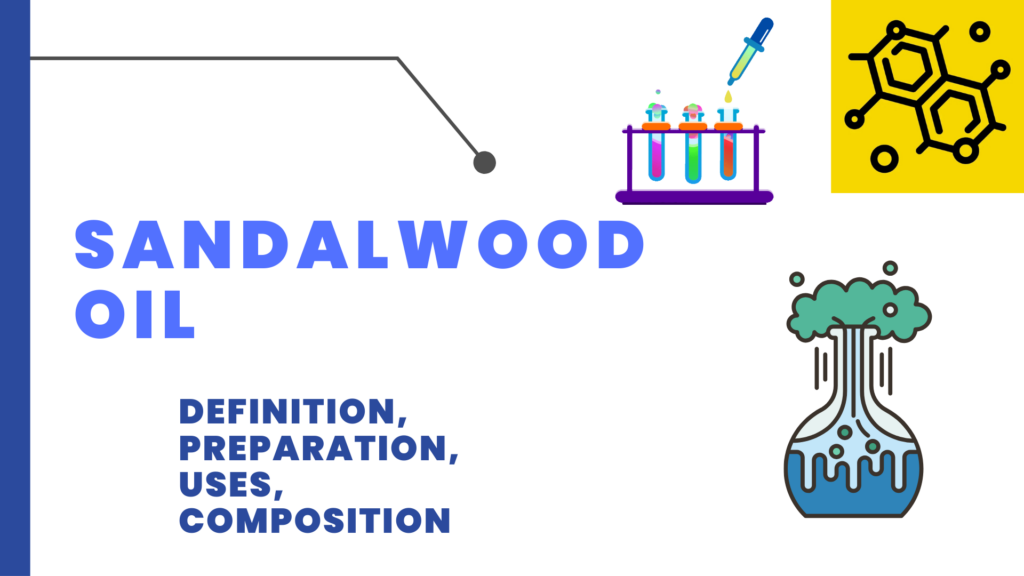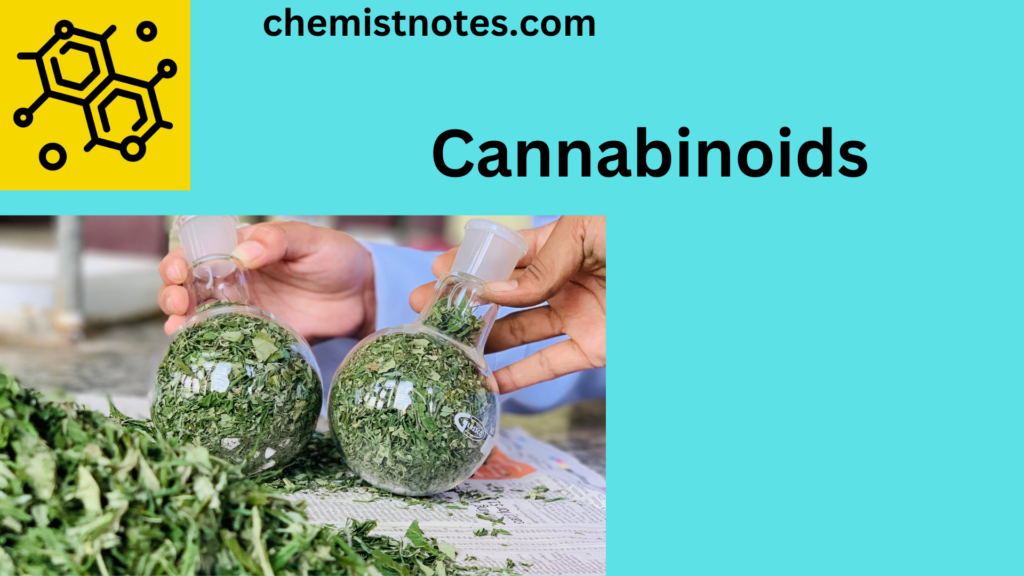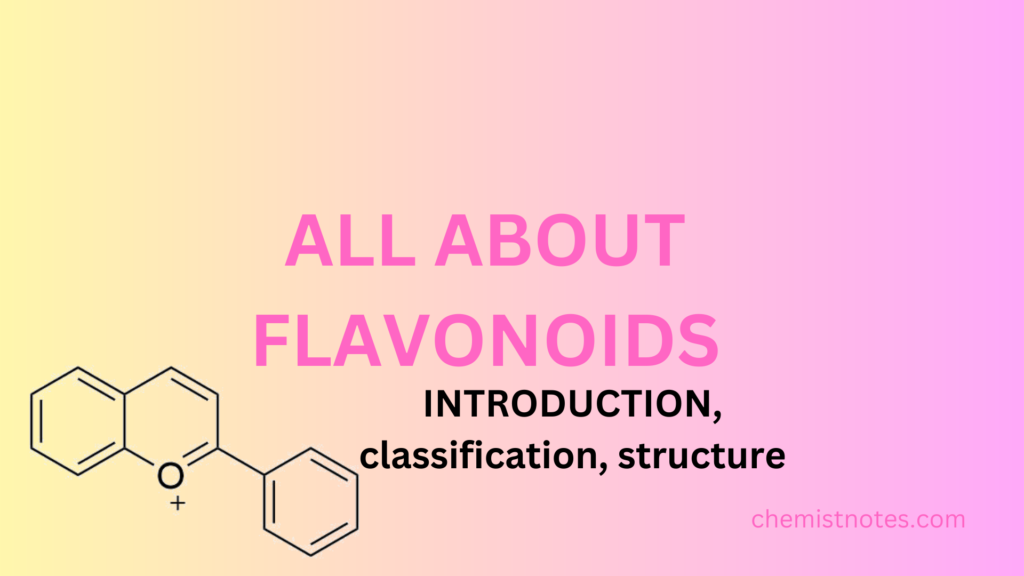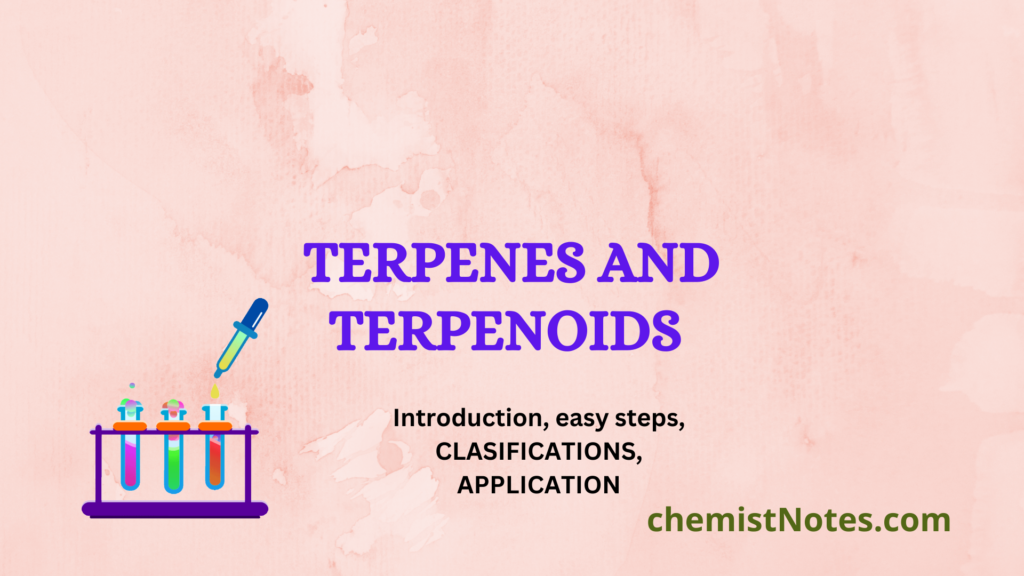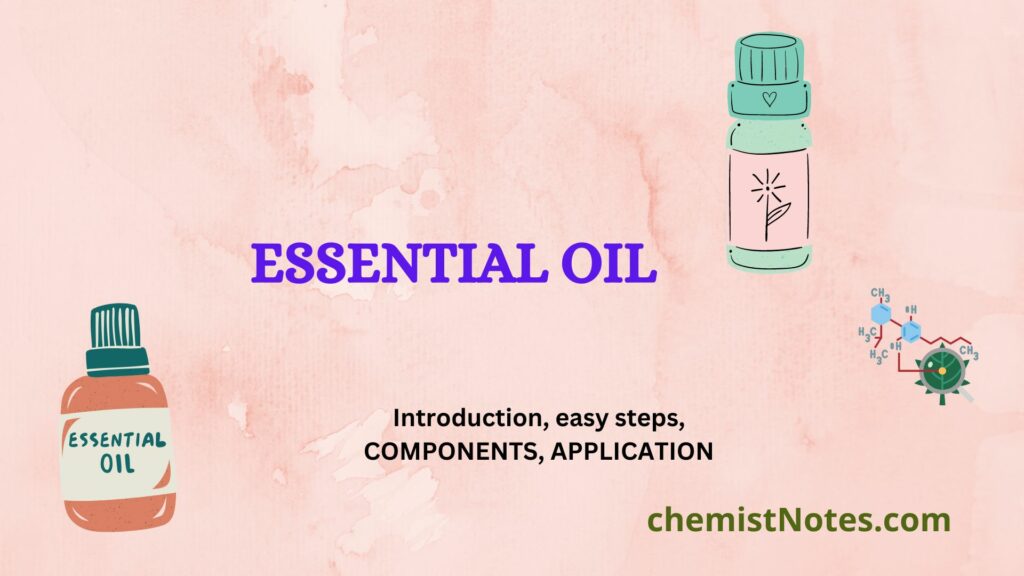Table of Contents
TogglePesticides are compounds used to eradicate pests. This comprises nematicicides, insecticides, molluscicides, piscicides, avicides, rodenticides, bactericides, repellents for insects and animals, microbicides, fungicides, and lampricides. The most popular of them are herbicides, which make up around 50% of all pesticide use worldwide.

Source: The Kathmandu Post
Pesticides Definition
Pesticides are generally used for control and inhibit the growth and kill the different pests. A pesticide is often a substance (like carbamate) or biological agent (such a virus, bacteria, or fungus) that prevents, incapacitates, kills, or otherwise discourages pests. Insects, plant diseases, weeds, mollusks, birds, mammals, fish, nematodes (roundworms), and microorganisms can all be considered target pests if they cause property damage, cause annoyance, transmit illness, or act as disease vectors.
Some examples of Pesticides
- Acephate
- Deet
- Metaldehyde
- Boric Acid
- Diazinon,
- Dursban
- DDT, and Malathion are some examples of pesticides.
Right amount of using pesticides
For broadcast treatment, the pesticide label advises using 2 quarts of commercial product per acre. Calculate how much insecticide to apply to the tank: Find the acres that each tank will spray first: 20 acres per tank x 300 gallons each tank x 15 GPA.
Classification Of Pesticides
Pesticides are categorized according to a number of factors, including their toxicity (Hazardous effects), the pest species they kill, and their purpose. Other factors include their chemical composition, mechanism of entrance, mode of action, how or when they operate, formulations, and places of origin.
1. On the basis of Toxicity
Pesticide toxicity is primarily influenced by two variables: dosage and time. Thus, acute and chronic toxicity are two distinct forms of toxicity depending on the amount of the chemical involved (dose) and how frequently the substance is exposed (time).
2. On the basis of pest organism they kill and pesticide function
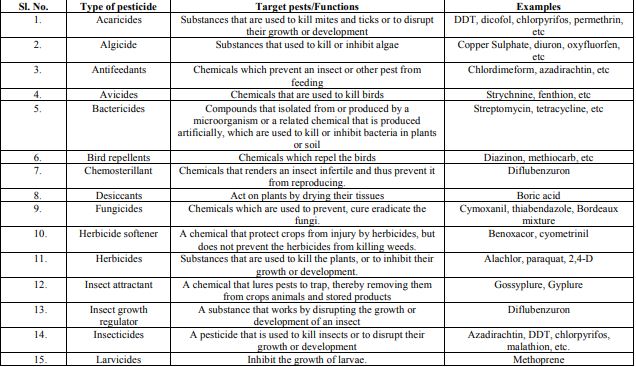
3. On the basis of chemical composition
- Insecticides: On the basis of chemical composition insecticides are classified as, Carbamates (Carbaryl), Organochlorine (Endosulfan), Organophosphorus (Monocrotophos), Pyrethroids (permethrin) Neonicotinoids (Imidacloprid), miscellaneous pesticides such as Spinosyns (Spinosad), Benzolureas (diflubenzuron), Antibiotics (abamectin), etc.
- Fungicides: Dodine is an aliphatic nitrogen fungicide. Carpropamid is an amide fungicide. Chlorothalonil is an aromatic fungicide. Dicarboximide fungicides are a kind of fungicide.(famoxadone), fungicides made with dinitrophenol (dinocap), etc.
- Herbicides: The herbicides include chlorotriazine herbicides (atrazine), anilide herbicides (flufenacet), phenoxy acetic herbicides (2, 4-D), quaternary ammonium herbicides (Paraquat), sulfonylurea herbicides (chlorimuron), etc.
- Rodenticides: They fall within the categories of coumarin rodenticides (organic) (bromadiolone, coumatetralyl) and inorganic rodenticides (zinc phosphide, aluminum phosphide).
Benefits of Pesticides
In comparison to most organics, synthetic pesticides are more widely available and have a longer shelf life. This can spare the planter from having to rely on making hasty pesticide purchases and applying them.

Pesticides in Essential oils
Pesticides in Essential oil are the main problem of todays situation. EOs are intricately arranged volatile chemical combinations that can only be physically extracted (by pressing and distillation). Although the inclusion of pesticides in conventional EOs can be justified by their widespread usage in the production of EOs’ raw materials (citrus fruits, medicinal herbs, and aromatic plants), they are absolutely not allowed in organic EOs. Global pesticide use has grown as a result of rising agricultural productivity brought on by the rise in population throughout the 20th century.
Comparison between organic and synthetic pesticides
Pesticides are chemicals used to eradicate weeds, insects, or pathogens. Agricultural goods that have been produced in accordance with the National Organic Program (NOP) of the USDA’s Agricultural Marketing Service are frequently referred to as “certified organic” or “organic.” They can be produced using natural materials like the pesticide pyrethrin, which is obtained from certain chrysanthemum plants. Azadirachtin, a neem tree extract, is another instance. Synthetic pesticides like pyrethroids, which control insects similarly to pyrethrins, can also be produced.
Harmful effects of pesticides
Pesticide exposure can cause a variety of toxic consequences, from modest skin irritation or other allergy symptoms to more serious ones like a severe headache, vertigo, or nausea. Some pesticides, such as the organophosphates, for example, have the potential to result in severe symptoms including convulsions, comas, and even death.

